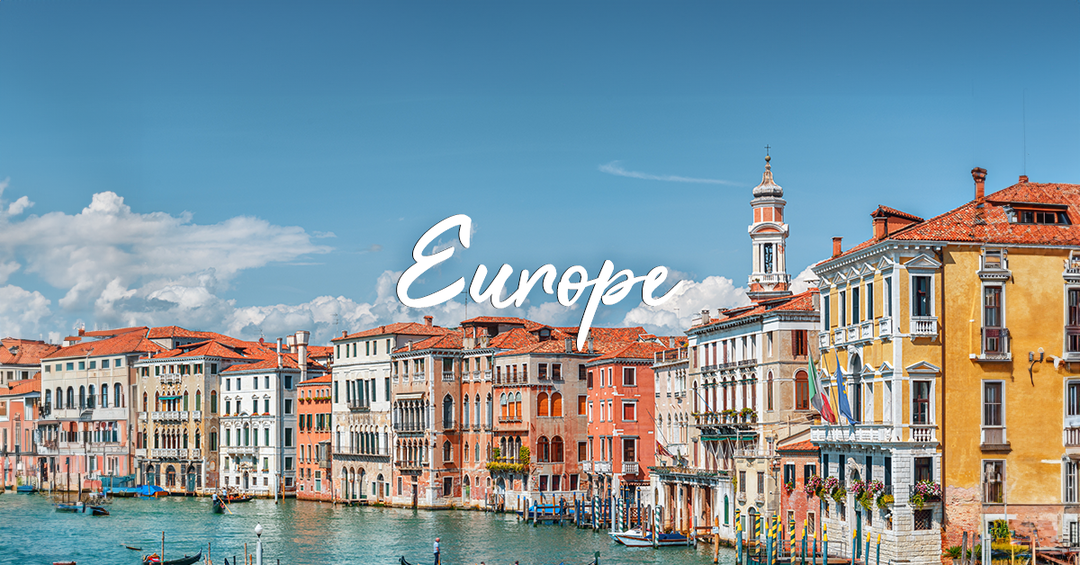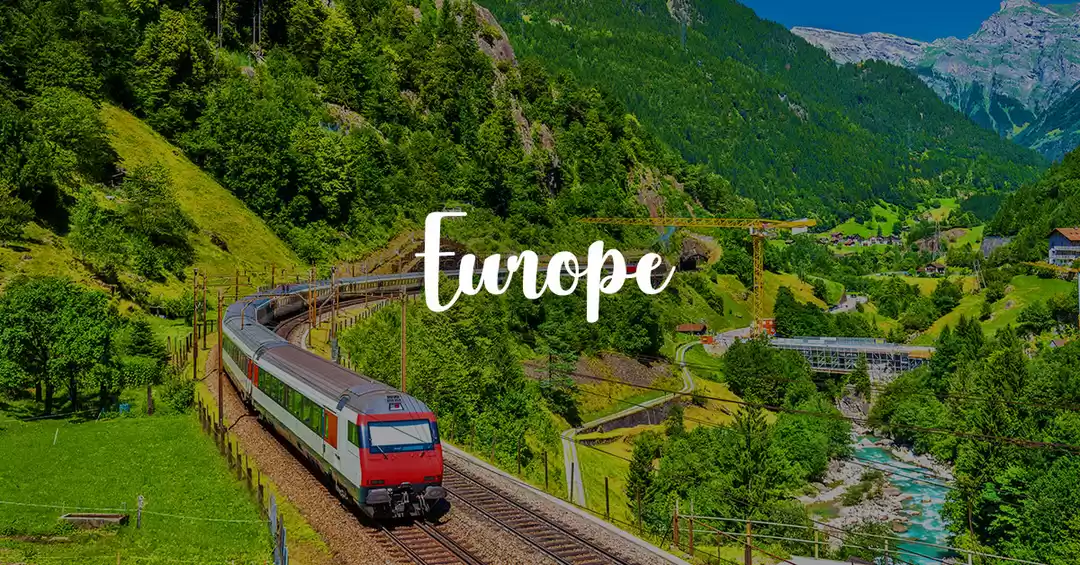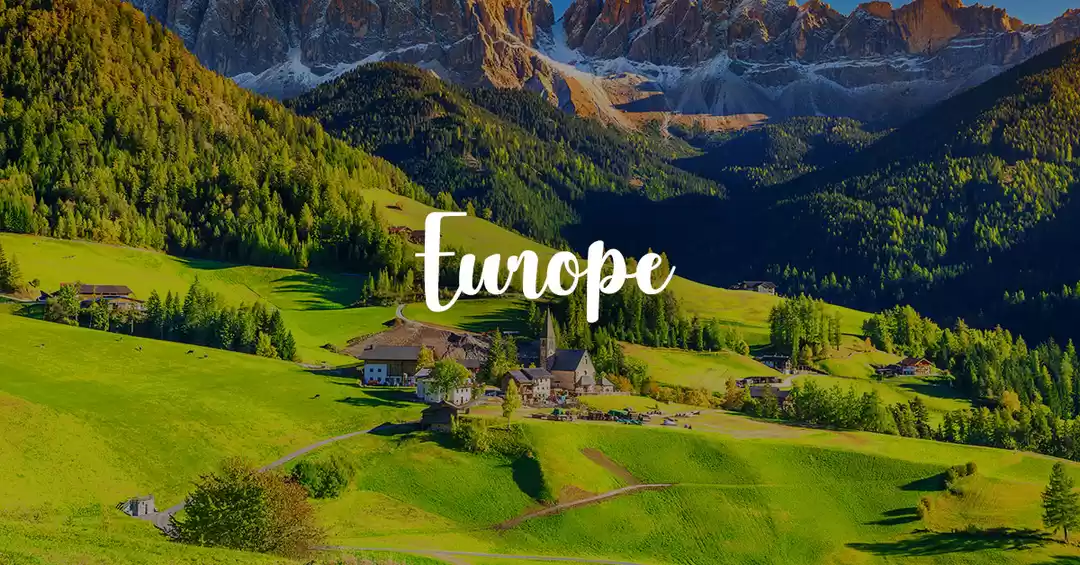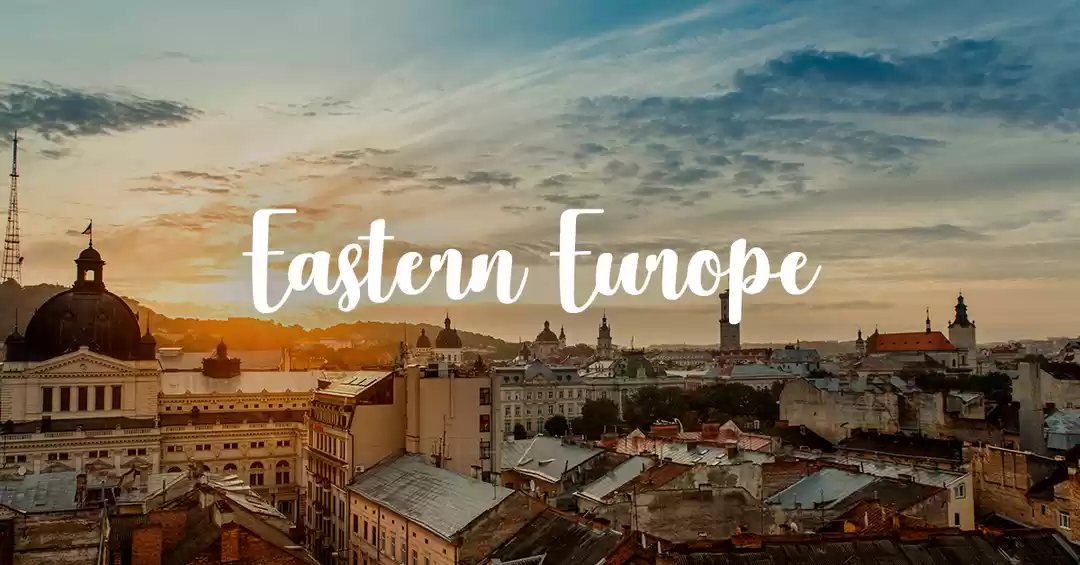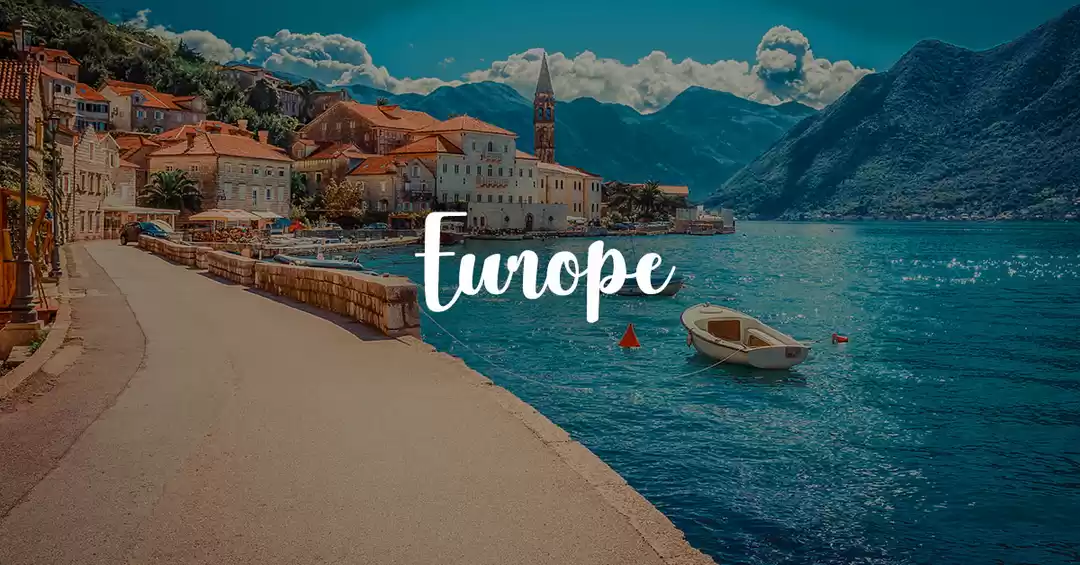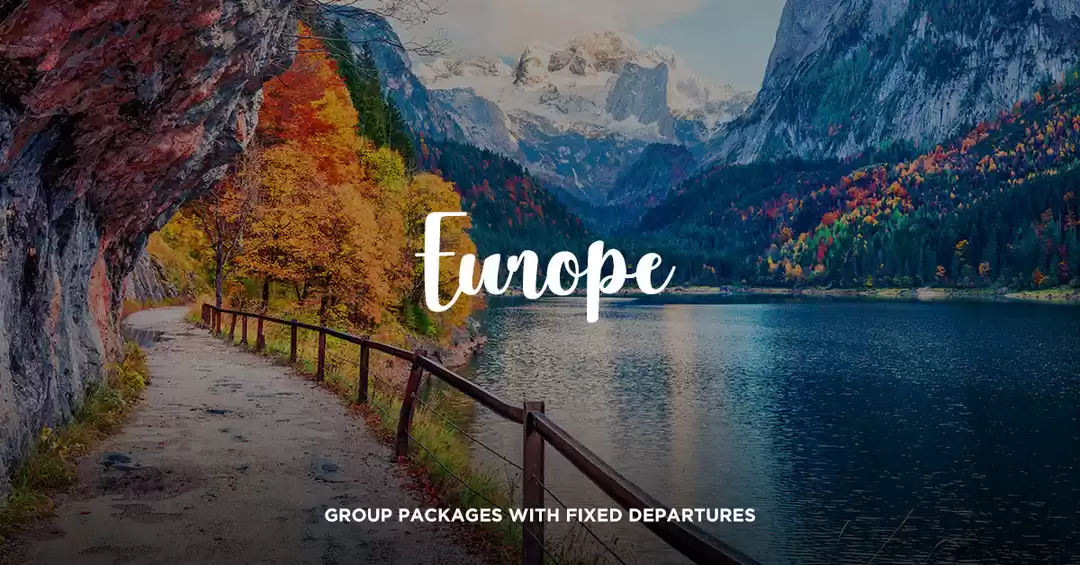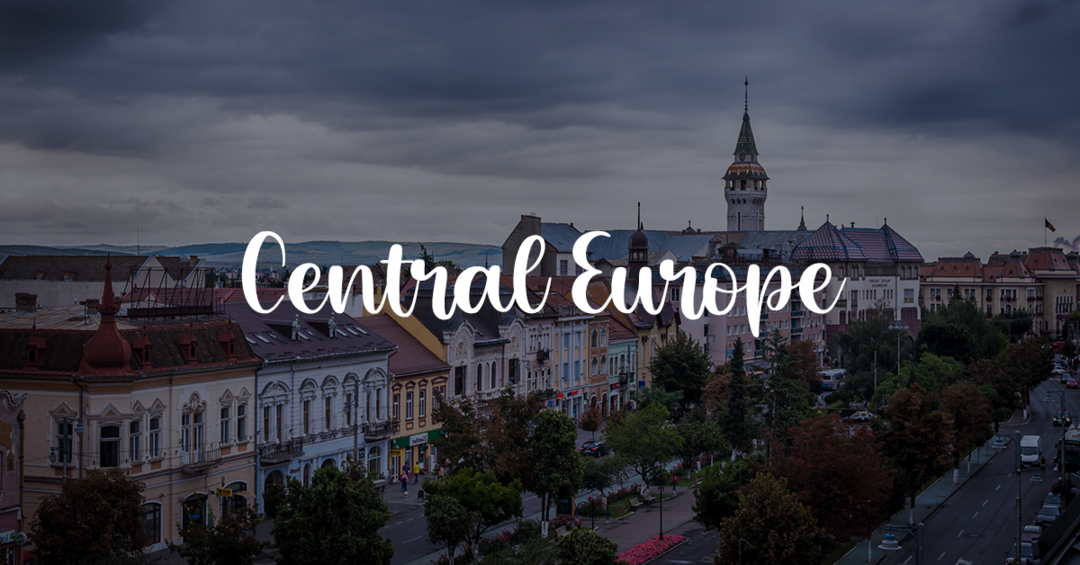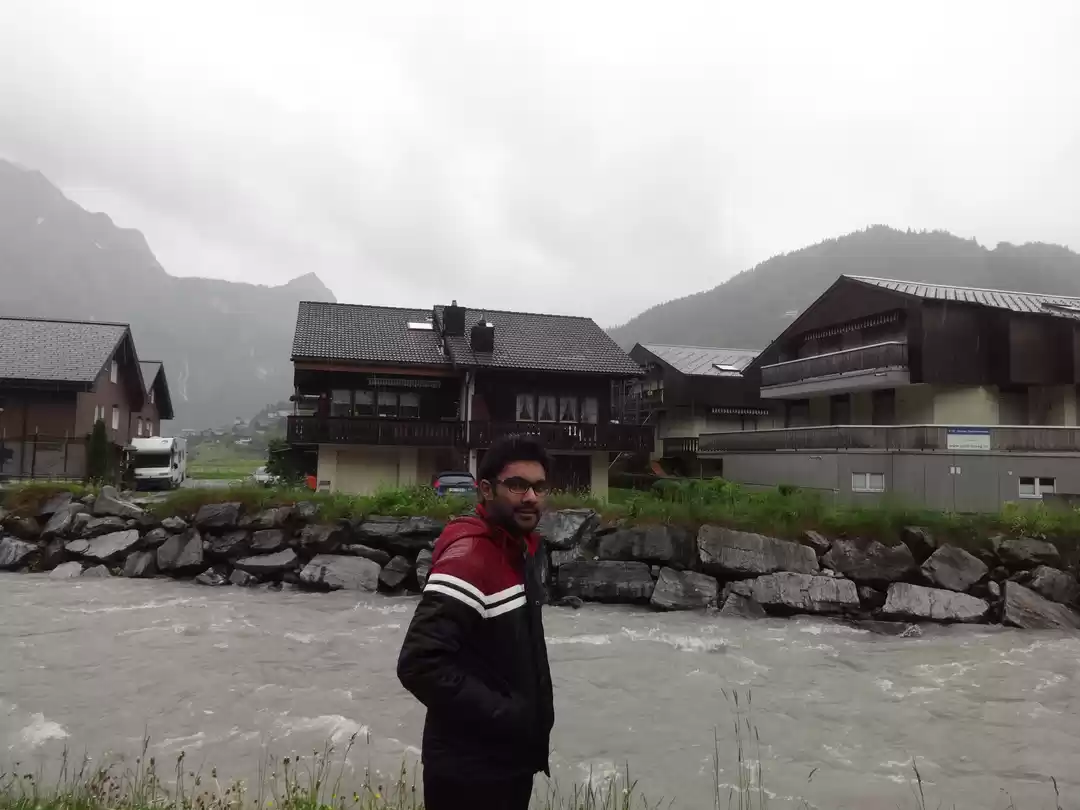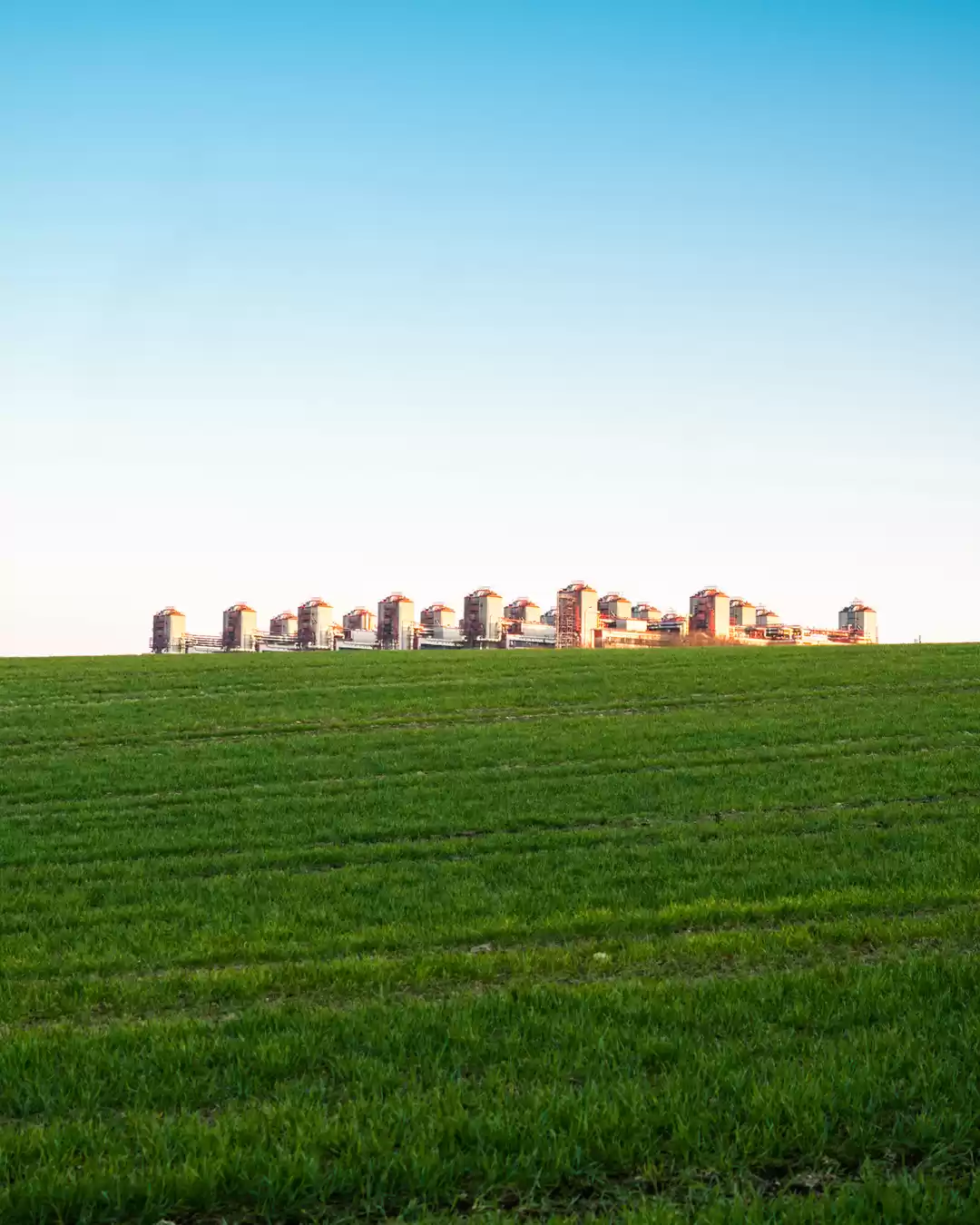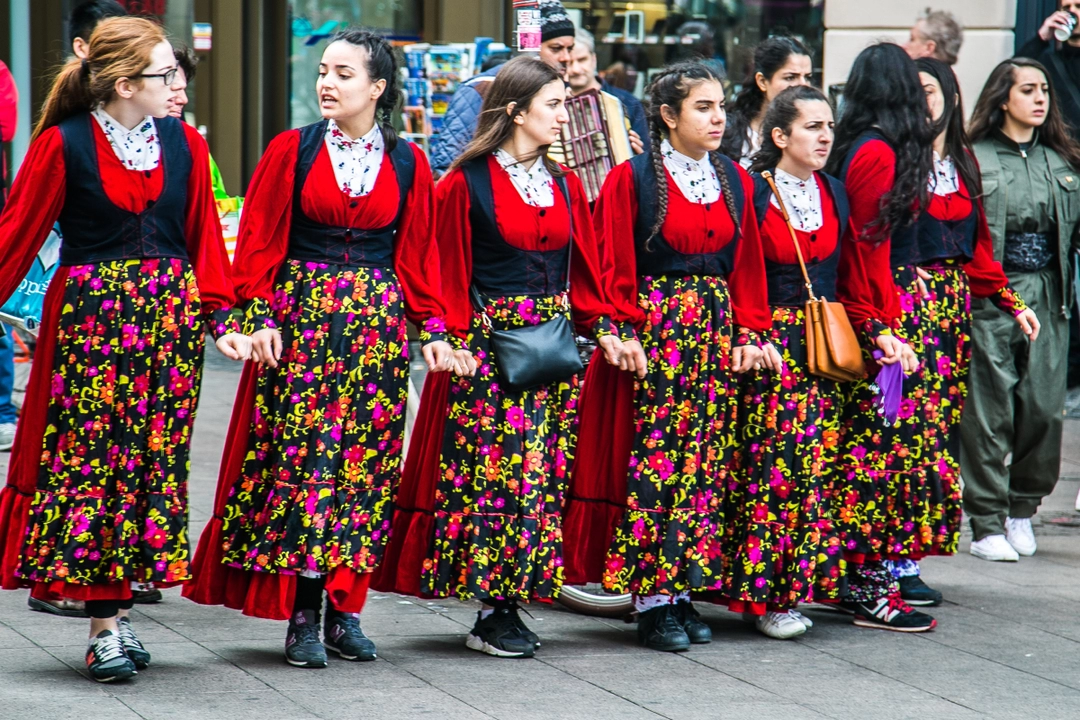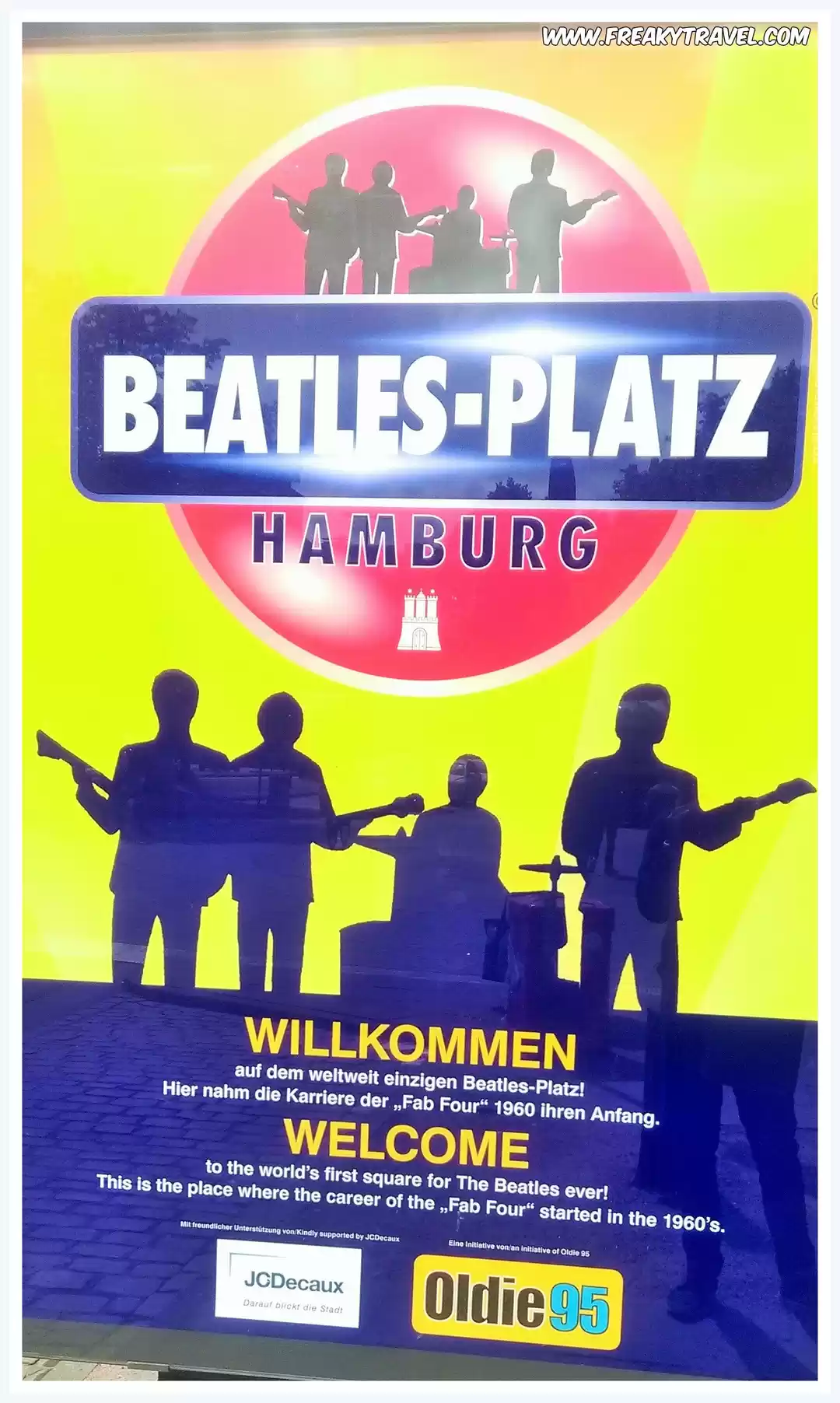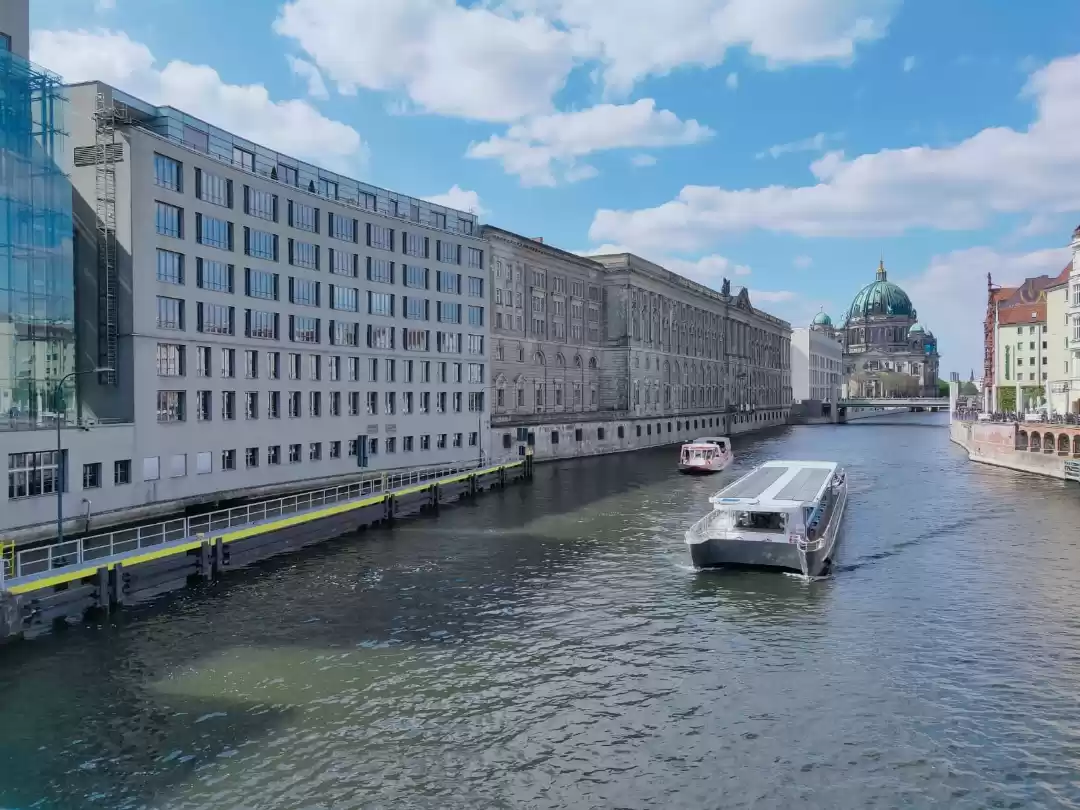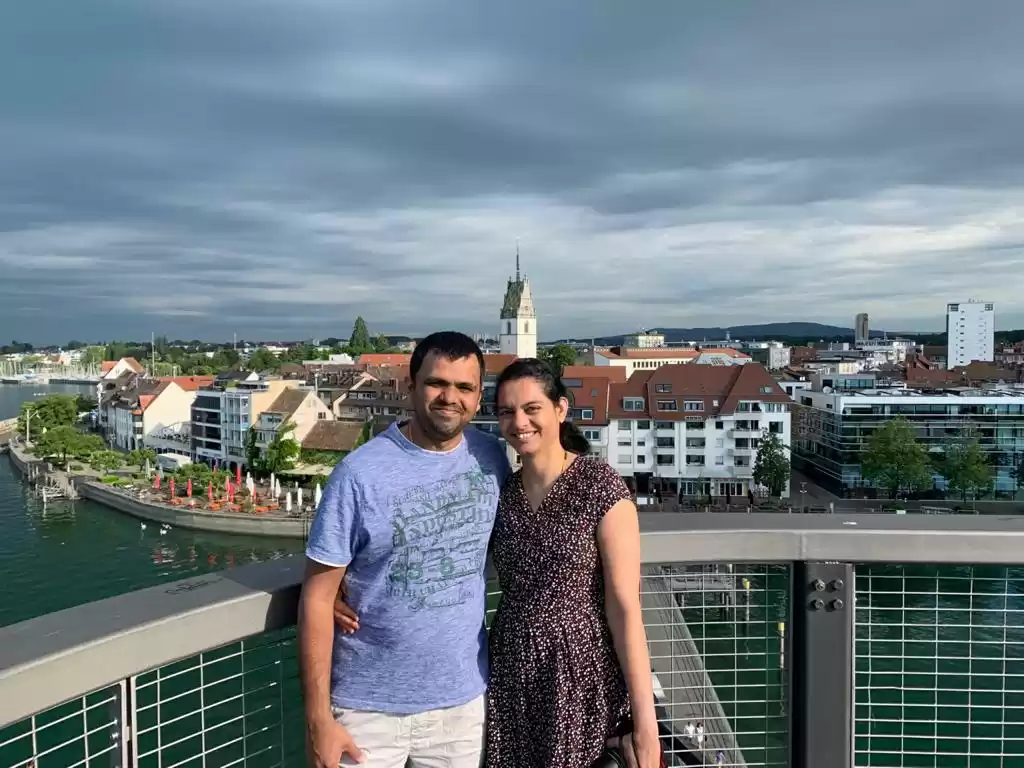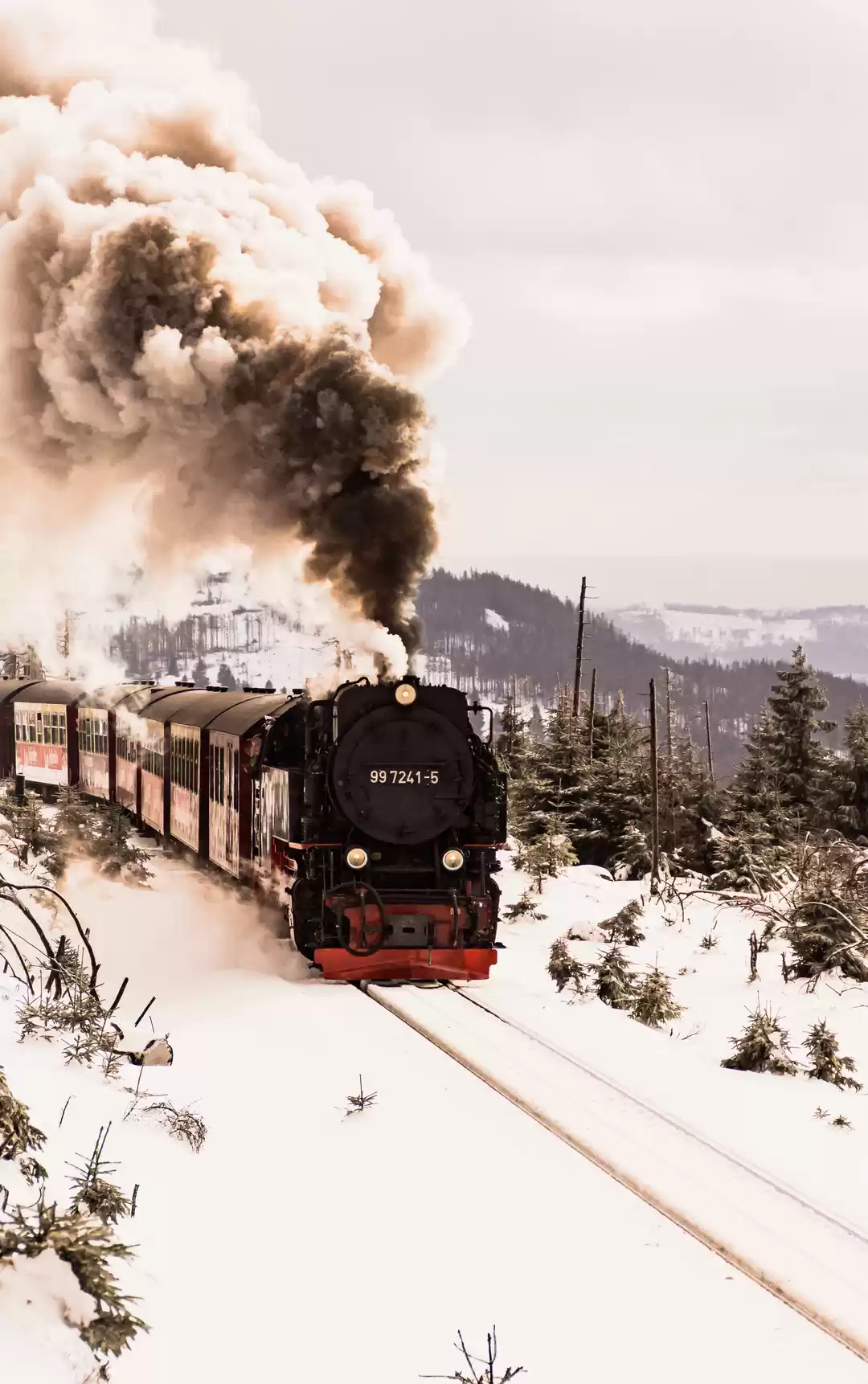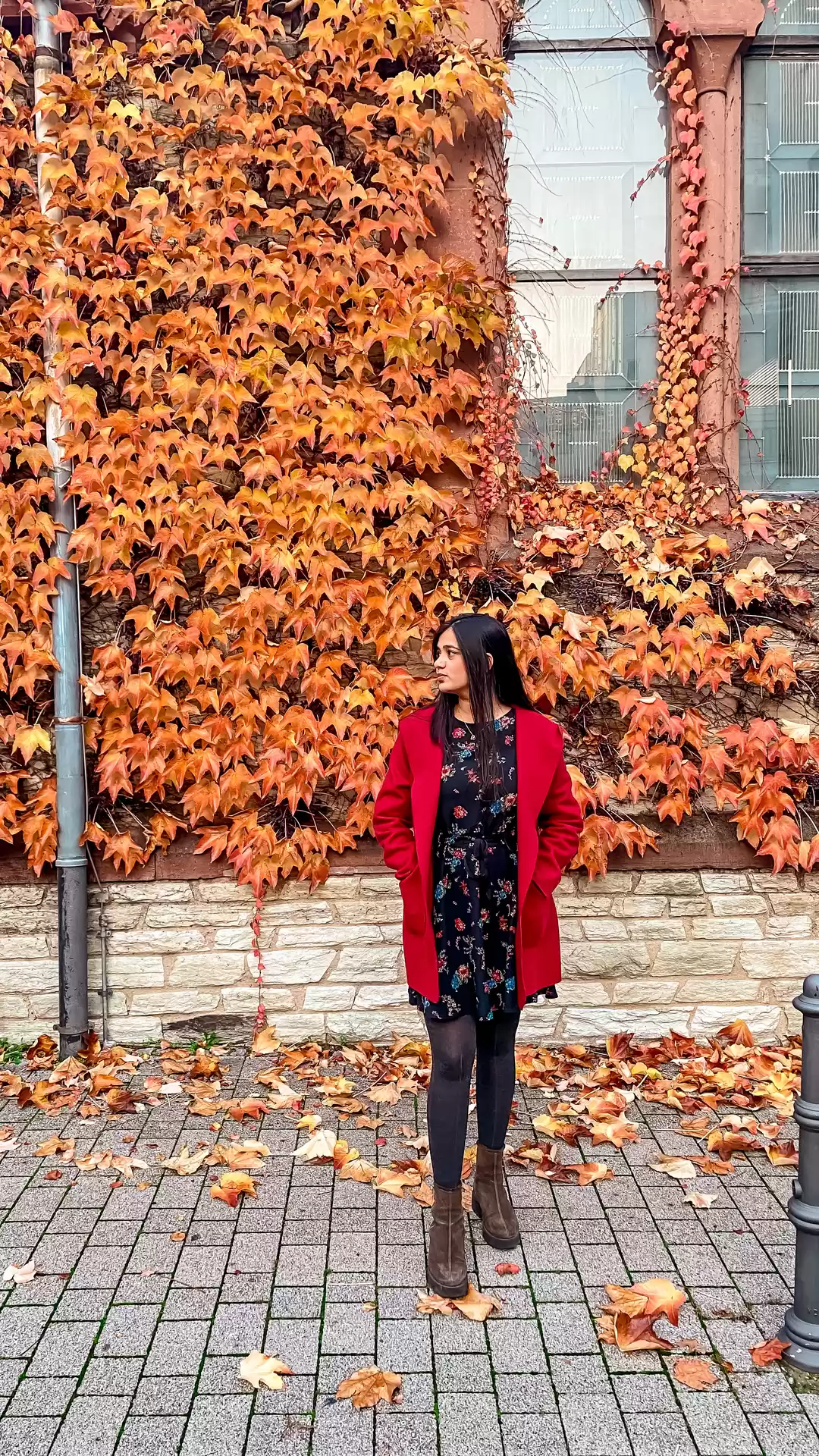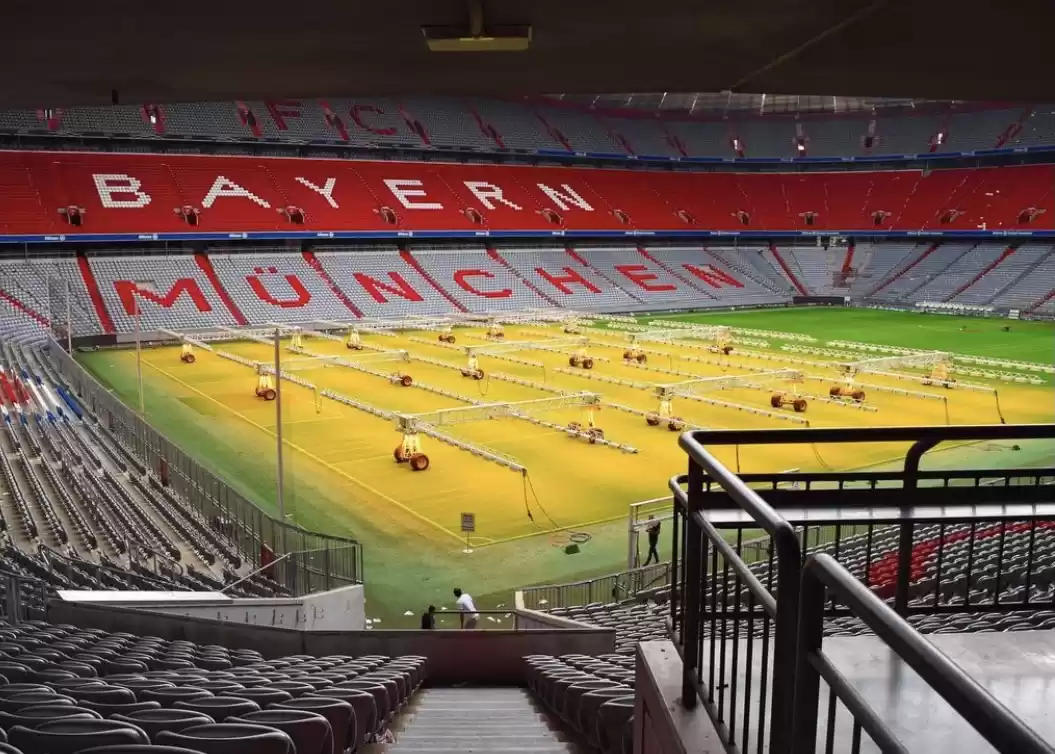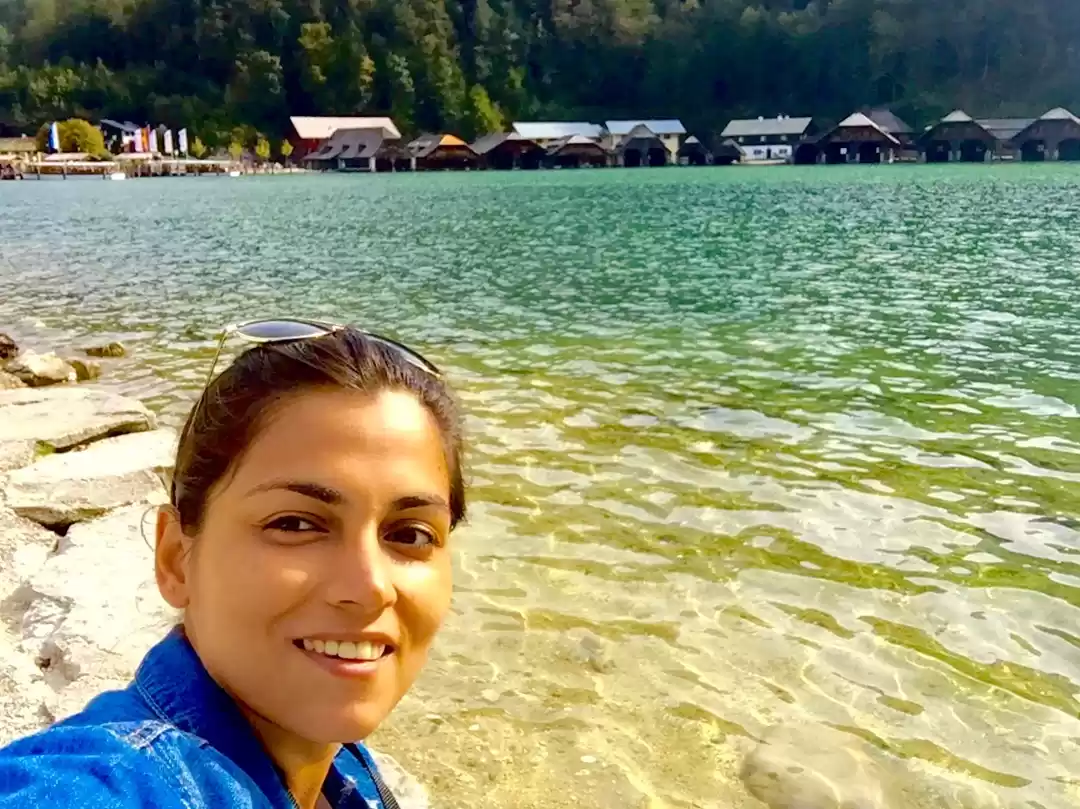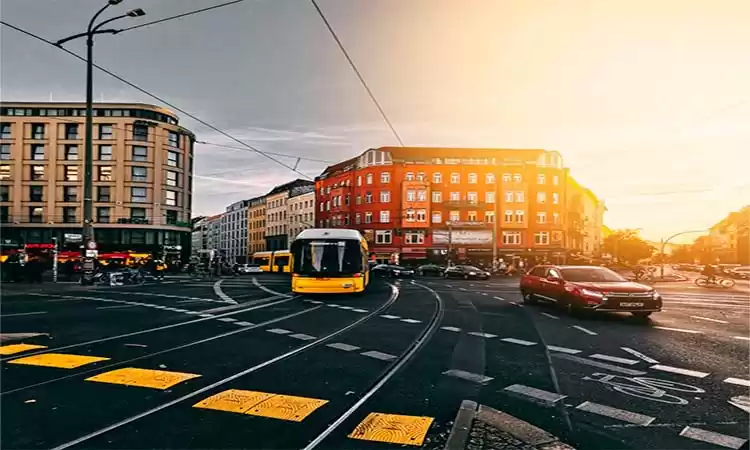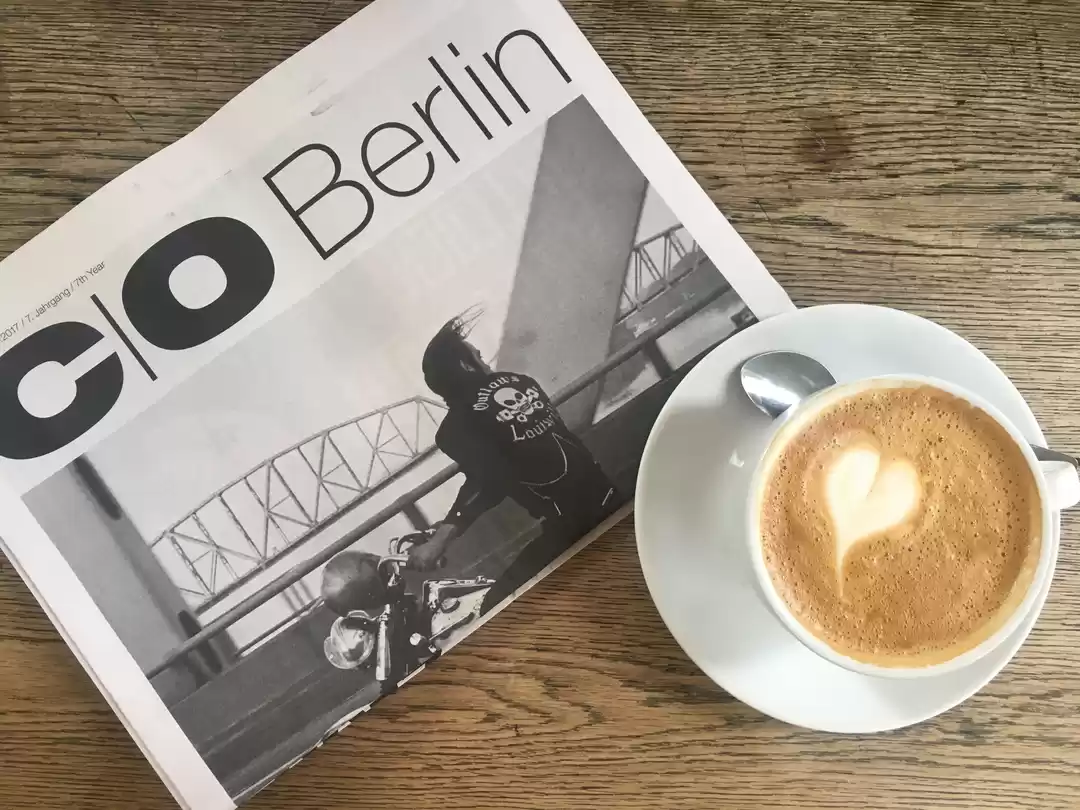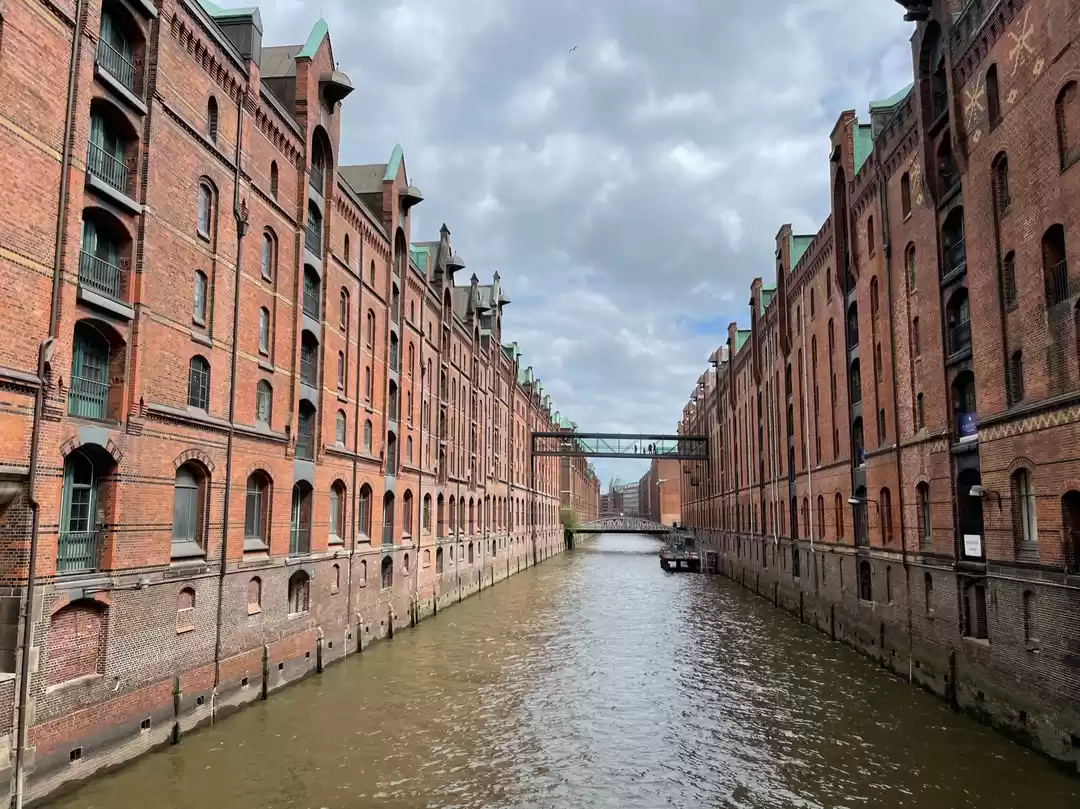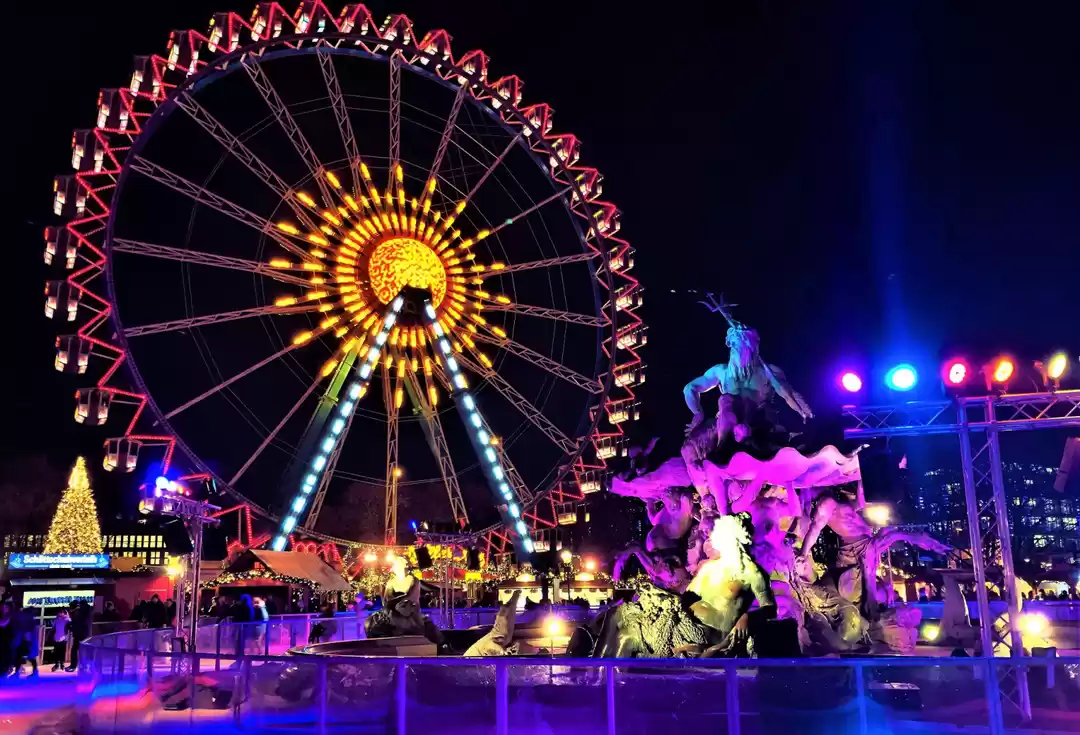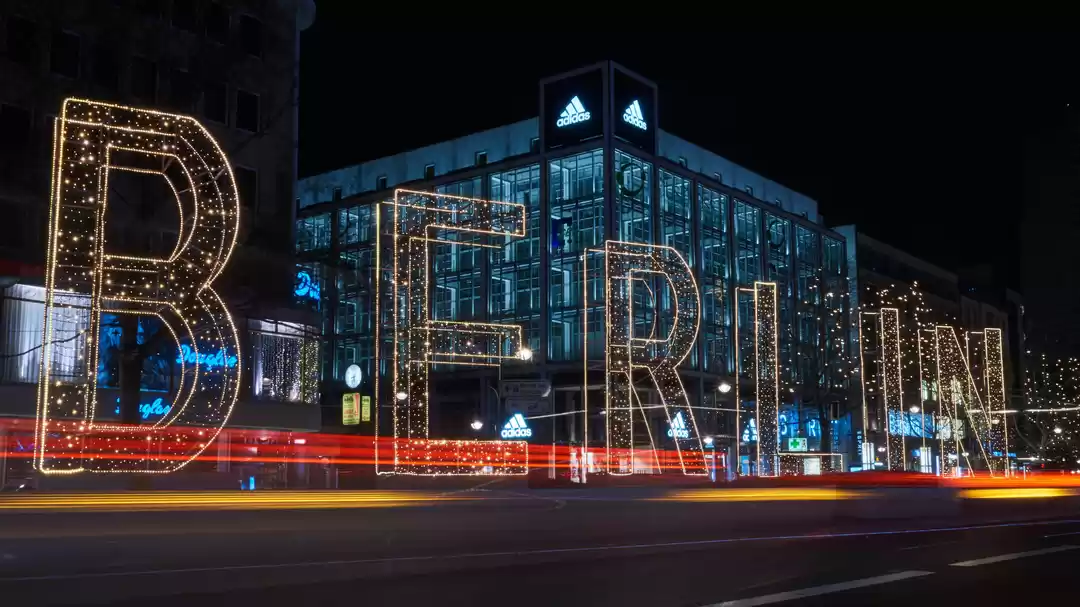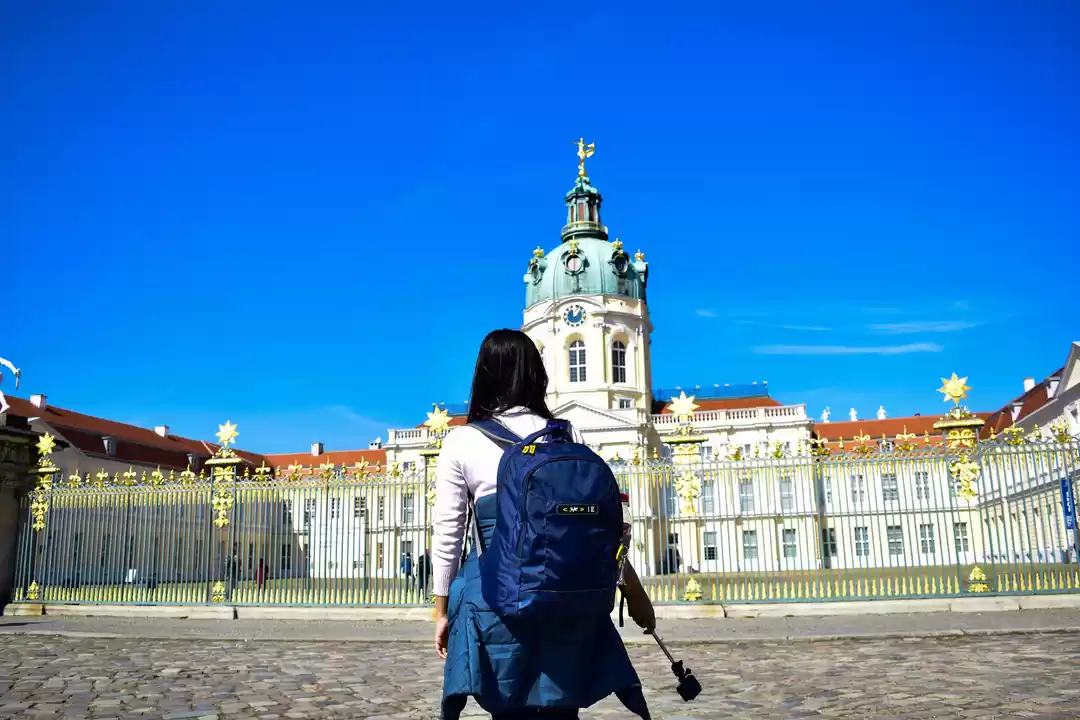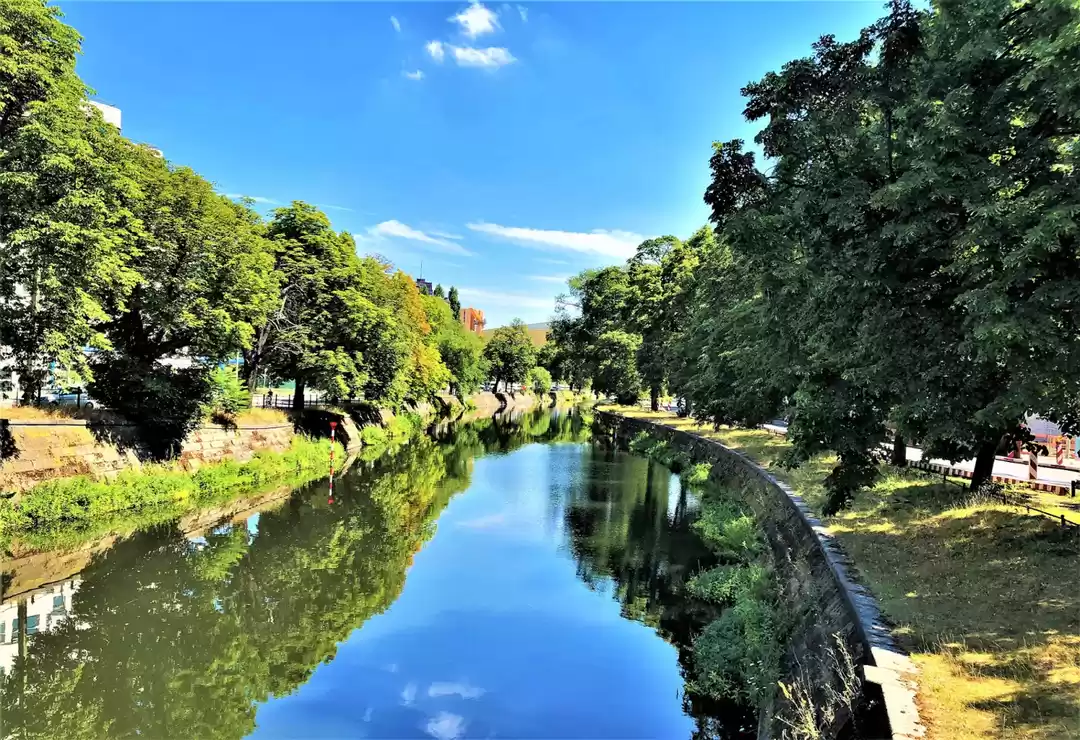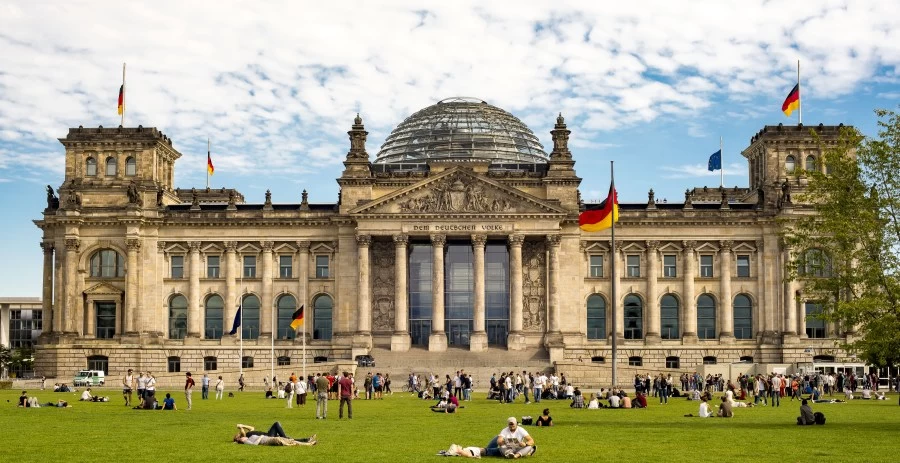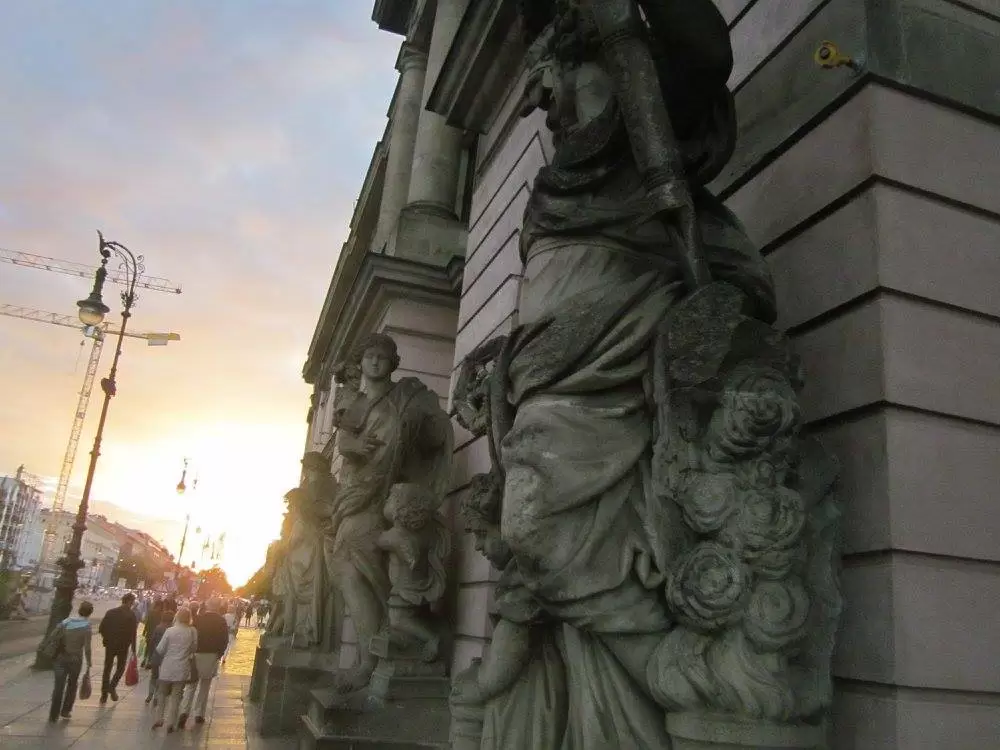Swirling in history and yet future-forward, the cities of Germany are immediate magnets for urban tourists and those drawn to the cosmopolitan delights of one of Europe's most vibrant economy. Here's a detailed look into what it's like to travel in the three largest cities of Germany – Berlin, Hamburg and Munich, and all about the places to visit in Germany.

Decidedly gritty and blatantly irreverent, Berlin is almost notorious for its reputation as the coolest city in the world. Berlin doesn't glitter with glamour like Paris or bustle with energy like London. Unlike other European capitals, Berlin is unpolished and understated and yet, an absolute delight.
Places to visit in Germany:
Getting around in Berlin
Cycling is one of the best ways to get around Berlin. The faultlessly maintained cycle lanes are easy to navigate, often segregated from pedestrians and are used by more than half a million Berliners everyday.
The public transportation infrastructure includes the U-Bahn (underground trains), S-Bahn (hybrid underground and street level), trams and buses.
Cost: A 24 hour bike rental (often includes a lock, but not a helmet), costs €12. A day-ticket for unlimited use of all transportation networks costs €7 a day for adults and €4.70 for children aged 6 to 14.

Where to stay in Berlin
Kreuzberg/Freidrichshain is perfect for easy access to the city's museums and parks during the day, and also to the incredible nightlife that the city serves up in the after hours. Like most other cities in Europe, Airbnb is your best bet.

What to eat in Berlin
While Turkish Doner stalls and Currywurst reign supreme, Berlin also has an eclectic world-food scene. From vegan Pho, gluten-free momos to organic hot dogs, Berlin's palate is, unsurprisingly, as trendy as the city itself. Walk along the streets of Freidrichshain and Kreuzberg to sample some of the world's best in craft foods.

What to do in Berlin
Even for someone completely oblivious to Berlin's recent political history, it's easy to see through the mesmerising, graffiti-plastered facade and realise that the city has a complicated story. The writing is almost literally on the wall and politics is almost a part of Berlin's landscape. Germany went through a lot in the 20th century and those events have shaped the very core of the country's largest city.
Here's what to do in Berlin to wholly experience (almost) everything makes this city the coolest city in the world.
Check out Checkpoint Charlie
One of Berlin's biggest tourist traps is worth a visit, if only to observe the slightly absurd, but entirely self-aware spectacle of watching tourists pose for pictures with men dressed in military costumes. What used to be a US Army Checkpoint to control movement of people between East and West Berlin, is today a monument to the Cold War, appropriately flanked by a glittering McDonalds in the background.

Walk along the Berlin Wall
A 1.3 km riverside stretch of what used to be the Berlin Wall, is now called the East-side Gallery. A spectacular community art project, the wall is now a canvas for local and international artists, and also an awesome space for commissioned exhibitions.

Wander around Kreuzberg for its fantastic street art
In many ways, Kreuzberg has come to define present-day Berlin. Unapologetically gritty, Kreuzberg is what other cities try to be when they 'experiment' with the alternative (usually pre-gentrification) community art projects. But in Kreuzberg, the art is effortless, organic and everywhere; integrated within the very fabric of the neighbourhood.


Historically, one of the poorest parts of Berlin, Kreuzberg or X-berg, is today Berlin's trendiest neighbourhood and is considered by many to be the nightlife capital of the world. More on that later.
Explore the Museums of the Mitte
Berlin Mitte is the city's classical European heart. Elaborate neoclassical and Baroque architecture, magnificent monuments, stone-arch bridges, intricate statues and fountains; this is where the pre-war glory of Berlin thrives, immaculately preserved.

Museum Island is a UNESCO world heritage site built on an island on the river Spree, housing five museums, all within minutes of each other. The Mitte is also home to at least 14 other museums and several temporary exhibits.

Walk through the Brandenburg Gate
Brandenburg Gate is perhaps Berlin's most photographed monument. The gate is also mired in Berlin's political history and is to this day, periodically hosts political events and demonstrations.

The Brandenburg gate leads to Tiergarten, one of the largest urban parks and one of the most stellar places to visit in Germany. The perfect place to spend an afternoon under the sun. Au naturale, if you dare, but only in designated areas (look for signs reading FKK) .
Right by Brandenburg gate is the Reichstag building, which is the legislative centre of Berlin. The dome on the roof of the Reichstag is a massive tourist attraction for a spectacular panorama of Berlin Mitte.
Visit the local markets
The Turkish Market by the canal is a little bit of Istanbul, whipped up with classic Berlin. A great place to buy local art and experience real Berlin.
Markethalle Neun is Kreuzberg's world-famous farmer's market and a melting pot of German and contemporary world cuisine. A few steps from U-Bahn, this needs to be must-visit on every food-lover's itinerary.

Experience the city's nightlife
Berlin's nightlife is legendary. The door policy can be bewildering, esoteric even, but the clubs are thoroughly worth the hype. It's easy to feel overdressed, so don't try too hard. Find out who's playing in advance, just in case. And if you think you won't be able to handle the wild-side of Berlin, you are probably right and the mind-reading bouncer at Berghain won't let you in anyway.
Places To Visit Around Berlin
Berlin offers great access to some of the most beautiful places to visit in Germany's northern sect. Rugen Island (3 hrs) off the northern coast is a Baltic paradise and the largest island in Germany. Harz National Park (3 hrs) is also easily accessible from Berlin and is perfect for hikers of all levels. Tropical Islands in Krausnick (1 hour) and Filmpark Babelsburg in Potsdam (40 mins) are also worth checking out.

Germany's second largest city has a sophisticated demeanour, behind which lurks mischief and abandon. Hamburg is considerably smaller than Berlin, more tight-night and connected, and yet thoroughly eclectic when it comes to art and music.
Getting around in Hamburg
The U-Bahn is the best way to explore most of Hamburg's sights. A lot of walking will inevitably be involved. A single day pass for unlimited use of all public transport costs €6.20 a day for adults, €2.30 for children aged 6 to 14. Bike rentals are available, but not as accessible or widely advertised as in Berlin

Where to stay in Hamburg
For quickest access to the city's attractions, stay near the central train station. There are plenty of great choices on Airbnb and a number of hostels in the area.
What to see in Hamburg
Stroll through HafenCity in Hamburg-Mitte
The newest part of a thousand year old city, HafenCity is one of Europe's largest rebuilding projects. What was historically a commercial harbour with hundreds of warehouses, is now converted to hotels, restaurants, residential and public spaces. The neighbourhood is still a work in progress, with many upscale residential buildings in the pipeline.

HafenCity is a criss-cross of trusses and arch bridges over Hamburg's waterways, along with red brick buildings, built to blend into the existing urbanscape. Here you will stumble upon beautiful museums, the towering Elbe Philaharmonie, Miniatur Wonderland, the Hamburg dungeons, dotted around a myriad of winding brick lanes and sleepy canals.

People watching on the boardwalk
Through the bridges and the winding roads you will eventually land up on to the Port of Hamburg, a lively boardwalk which is perfect for an afternoon stroll and people watching. Buskers and street performers keep the energy up, against a beautiful backdrop of the city's harbour.

Cruise on the Elbe
Ferry 62 to Finkenwerder follows a popular tourist route through the historic port of Hamburg, stopping at the the Fischmarket and Dockland along the way. Tourist boats normally charge upwards of €15 for the tour, whereas the same trip on the public ferry is € 3.20 (or free if you've already paid for the day-ticket). You can chose to return back to Landungsbrücken or get off at any of the stops. The whole round-trip takes about an hour.
Explore Hamburg's underbelly in Reeperbahn
Home to the city's hippest clubs and a red light district, Reeperbahn is where Hamburg goes a little naughty. Here you can witness some of the world's most iconic music and dance venues (there are hundreds), peek inside the sex-shops (there are many), or take it all in from the sidelines at Beatles Platz.

Reeperbahn is where the musical career of The Beatles first took off. Their Hamburgarian roots are commemorated at Beatles Platz, which was built in 2008 on Große Freiheit in the red light district. One of the clubs the band used to frequent during the early days of their legendary career, is still a popular music venue called Indra Musiklub.

Rathaus and Alster lake
A short walk from the train station, the Hamburg Rathaus building is a beautiful backdrop to the immense waterside plaza in the heart of the city.

A few steps from the Rathaus Platz is Alster Lake, where visitors can take boat trips for some gorgeous vistas of the city and the surrounding greenery. Jogging tracks and sunbathing areas line the lakeside and in the winters, the lake can sometimes even freeze over. The last time this happened was in 2012.
Places to visit around Hamburg
Wadden Sea National Park on Germany's northwestern coast is a popular day-trip from Hamburg. Ferries run from Landungsbrücken, all the way to the island of Neuwerk in the North Sea (5 hrs). Also, the cities of Bremen and Hanover are both just over an hour away from Hamburg.

Hailed as the beer-capital of the world, Munich has always attracted the crowds on accounts of Bavarian brewing skills, especially during Oktoberfest when (seemingly) the entire continent, if not most of the western world comes down to participate in the annual celebration of Bavarian pride. There's much more to Munich than the city's approach to beer and word seems to be getting around.
Getting around in Munich
Cycles are pretty mainstream, as is the case with most of Germany, although renting one is not as easy as in Berlin. The U/S-Bahn and tram network will take you pretty much anywhere. A day ticket costs €6.40, but if you are staying longer, the 3-day ticket costs €16.

Where to stay in Munich
Again, Airbnb is the best bet and hostels are plenty. The highest concentration of young backpackers is in and around Theresienweise. But if you are looking to get away from the tourist heavyload, Airbnbs are a bit more spread out.
What to do in Munich
Perched on the banks of the crystal clear waters of River Isar, on the foothills of the Alps, Munich is a Bavarian city through and through. Striking museums, gorgeous parks and beautiful markets, all eventually nudging you towards the famous beer halls.
Here's what not to miss while in Munich.
Explore the old city around Marienplatz
For centuries, Marienplatz has been the commercial and political heart of München. Today it is dominated by the towers of the New City hall, the Mariensäule column, and surrounded by churches and mansions showcasing the city's Gothic legacy.

Stroll on around the corner to Viktualienmarkt for some fine Bavarian delicacies, bakeries and local produce. Munich's beloved farmer's market is one of the best places to get fed in the city.
The largest city palace in Germany, is among the most elaborate residential buildings in the world. It's impossible to take it all in in one visit, so don't even try. Completed over four centuries, the Residenz spans multiple architectural styles. Don't miss 'The Renaissance Antiquarium', the most lavish and the oldest buildings in the Residenz.

This legendary beer hall has been around for over four centuries. The building was nearly completely destroyed during the bombings in the second world war, but since the post-war restorations, has become one of the major attractions in the city. The atmosphere within the high-ceilinged beer hall is always festive for a little bit of the Oktoberfest all year round.
Witness history's dark side at Dachau
The Dachau concentration camp was the first and longest running concentration camp in Nazi Germany. Today, the place stands as a memorial to the lives lived and lost here during the 12 years of this camp's operations (1933 to 1945).

Take a trip out to Nymphenberg Palace
Around 30 minutes away from the city centre, the Nymphenberg Palace stands at the head of sprawling royal gardens. The interiors of the palace are converted to a museum and a gallery of the royal portrait collection.

Places to visit around Munich
Munich is the gateway to Bavarian Alps. Schloss Neuschwanstein (2 hrs, via Füssen) and Berchtesgaden National Park (2 hrs) are perfect for endless hikes in the Bavarian wilderness. Salzburg (2 hrs) is also easily accessible from the Central train station in Munich.

Do you know more about places to visit in Germany? Write your own city guides and spread the wanderlust with 20 million travellers on Tripoto. For latest updates on destinations in Germany, Visit Germany Tourism's Facebook Page.
Frequent Searches Leading To This Page:-
places to visit in Germany, top places to visit in Germany, top places to visit in Germany in spring




